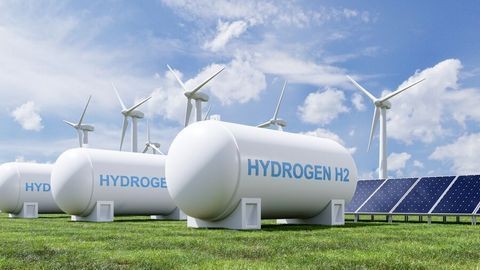DCAA Materiality Standards for Incurred Cost Audits
Client Alert | 1 min read | 08.01.19
On July 19, 2019, the DCAA issued a memo implementing new materiality standards and guidance for their use in incurred cost audits initiated after July 19, 2019. This policy was implemented in response to FY 2018 NDAA, Section 803, which required DCAA to adopt commercially accepted standards of materiality for incurred cost audits, and aims to facilitate a “consistent approach that helps an auditor determine the nature, timing, and extent” of audit procedures on cost elements and accounts that are “significant, or material, to the audit opinion.” Specifically, the memo recommends that auditors first calculate the quantitative materiality threshold by determining the total subject matter of the audit (generally, Auditable Dollar Volume (ADV) plus assist audit amount(s)). Thereafter, the auditor should calculate the quantified materiality amount using one of two formulas, which are based on the aforementioned subject matter amount and reflect the same formulas set forth in the Section 809 Panel’s Professional Practice Guide (discussed here). The result of such calculation is a threshold that is inversely related to the subject matter amount (i.e., as the amount of subject matter cost increases, the materiality threshold decreases). Numbers aside, the memo emphasizes the importance of considering qualitative factors (e.g., customer concerns and prior findings) in determining materiality, the relative importance of which is subject to the auditor’s professional judgment.
Contacts
Insights
Client Alert | 2 min read | 12.19.25
GAO Cautions Agencies—Over-Redact at Your Own Peril
Bid protest practitioners in recent years have witnessed agencies’ increasing efforts to limit the production of documents and information in response to Government Accountability Office (GAO) bid protests—often will little pushback from GAO. This practice has underscored the notable difference in the scope of bid protest records before GAO versus the Court of Federal Claims. However, in Tiger Natural Gas, Inc., B-423744, Dec. 10, 2025, 2025 CPD ¶ __, GAO made clear that there are limits to the scope of redactions, and GAO will sustain a protest where there is insufficient evidence that the agency’s actions were reasonable.
Client Alert | 7 min read | 12.19.25
In Bid to Ban “Woke AI,” White House Imposes Transparency Requirements on Contractors
Client Alert | 5 min read | 12.19.25
Navigating California’s Evolving Microplastics Landscape in 2026
Client Alert | 19 min read | 12.18.25
2025 GAO Bid Protest Annual Report: Where Have All the Protests Gone?





